Spain: Its Bars And Gastronomy
September 24, 2021
Spain is the country in the world with the most bars and restaurants, with over 250,000 gastronomic establishments throughout Spain. One for every 175 inhabitants. The National Institute of Statistics (NSS) released this data more than a year ago. During the pandemic, the fear of the mass closure of bars and restaurants grew.
Bars are the usual place for Spanish to do informal meetings with friends and family. These meetings can take place any time of the day. You can have a coffee or a beer, and you tell each other how your week has been, or perhaps to watch a soccer game.
Spanish culture is really affectionate and there are a lot of impromptu parties, and no Spanish would question the importance of bars in Spanish society. However, restaurants are almost as important, since Spanish gastronomy is one of the best, according to study in over 60 countries. Spanish gastronomy is the second best gastronomy in the world, just behind the Italian one.
Spain has in total 234 restaurants with at least one Michelin star; 12 restaurants with three Michelin stars, 32 restaurants with two Michelin stars and almost 200 with one Michelin star. Also, the Spanish chef David Munoz was named the best cook in 2021 in the world by the Best Chef Awards in Amsterdam. Spain has two of the cooks with more Michelin stars ever, with five each one. It is not surprising, if there is a country with a culture of eating well, that is Spain.
Now I’m going to explain two of the most typical dishes in Spain: Paella Valenciana and Madrileno stew.
Paella: Is the most typical dish of the Valencian state.
Its name comes from the type of pan used by the laborers to make the dish, and its origin is the most humble of all; The day laborers put everything they had on hand in the pan, which was usually rice, chicken, red pepper, mussels, prawns, and beans.
Over time, the food has varied to where now we have different variants of Paella: The sailor, mountain paella, mixed paella, paella with lobster, vegetable paella.
There is also a very similar dish called fideua, with the same ingredients but substituting rice for pasta.
Madrileno stew: The origin of this dish, typical of the capital, is also humble because it was a farmer’s dish. The farmers spent an entire day working without rest, so they made a plate large enough to hold the entire day of work, and for this reason, this plate has three parts.
The first course comprises a noodle soup whose broth is the resulting from cooking the chickpeas with vegetables, normally cabbage, and green beans.
he second course comprises a vegetable dish cooked in the pot: cabbage, potatoes, chickpeas, carrots, etc.
The third and last course consists of different meats: Bacon, blood sausage, serrano ham, chorizo, chicken thighs, and drumsticks.






















































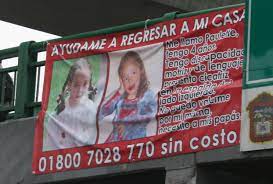



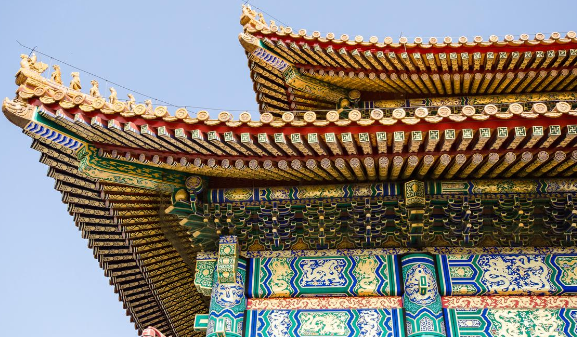


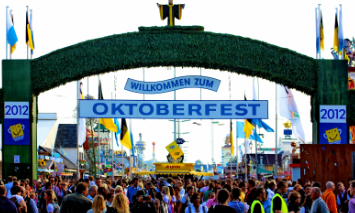







































































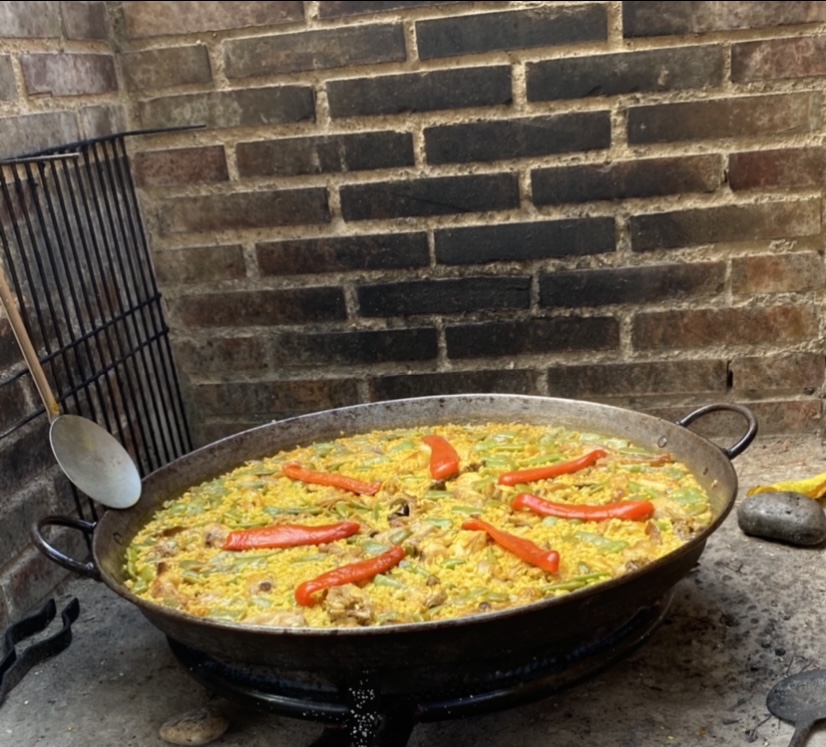



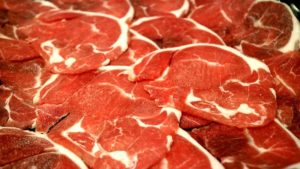

Hanna Spenst • Sep 27, 2021 at 10:11 am
This article was really interesting! I liked that you focused a lot on food and restaurants in your article! It was really well written and I learned some new things about Spain!